As a bathing enthusiast, I’m always very excited to visit places around the world that have unique cultures around bathing. Whether it’s a hammam in Türkiye, a sauna in Finland, a banya in Russia, or a thermal bath in Budapest, I’m sure to flock to whatever’s available.
On a recent five-night stay in Budapest, I had the chance to visit five different thermal baths. The city is famous for its bathing culture, and I relished every moment in the pools.
There’s a lot of history and tradition behind bathing in Budapest, so I wanted to share some of my experiences with Budapest’s unique thermal baths.
Why Does Budapest Have So Many Thermal Baths?
Deep below the ground in Budapest is a massive reserve of spring water. There are over 123 thermal water springs underneath Budapest, and over 1,300 spread out across Hungary.
Budapest sits on a fault line, where the hills of Buda merge into the plains on the Pest side. The result of this collision is tens of thousands of cubic metres of thermal spring water gushing upwards each day.
The bathing culture in Budapest predates the Roman Empire, where the thermal baths were discovered and harnessed for good use. Fast forward hundreds of years later under Ottoman rule, the bathing traditions continued, amplified, and combined with elements of hammam bathing.
In fact, some of the thermal baths that were built during the 16th century are still standing to this day. Indeed, bathing underneath an ancient dome is an experience to savour, and one that you’re likely not to forget.
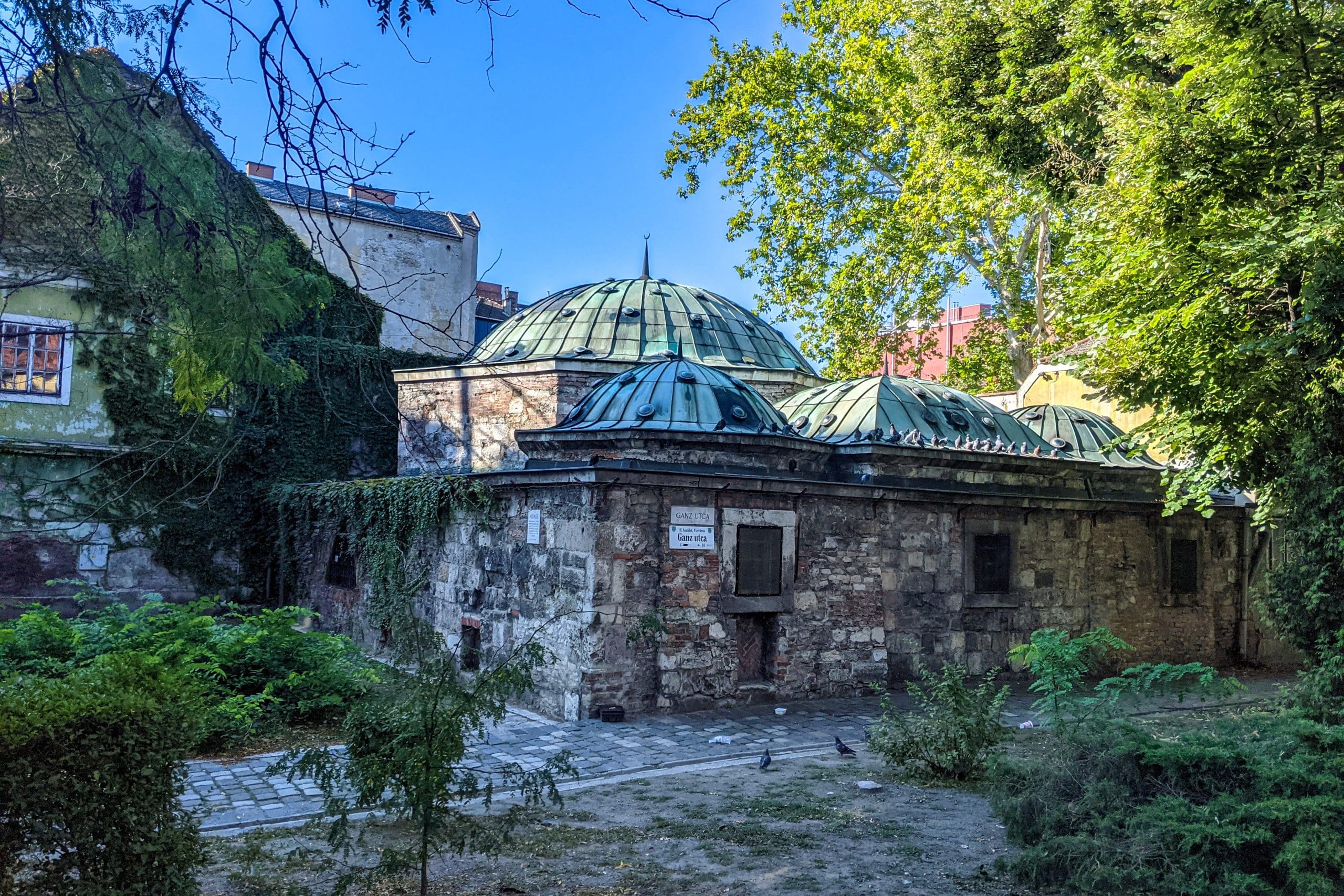
Currently, there are 12 thermal baths in Budapest, although not all are operational. You’ll find them spread across the Buda and the Pest sides of the city, with many are situated along the banks of the Buda.
The styles of the baths range from ancient to modern. Some are architectural wonders, while others are more utilitarian.
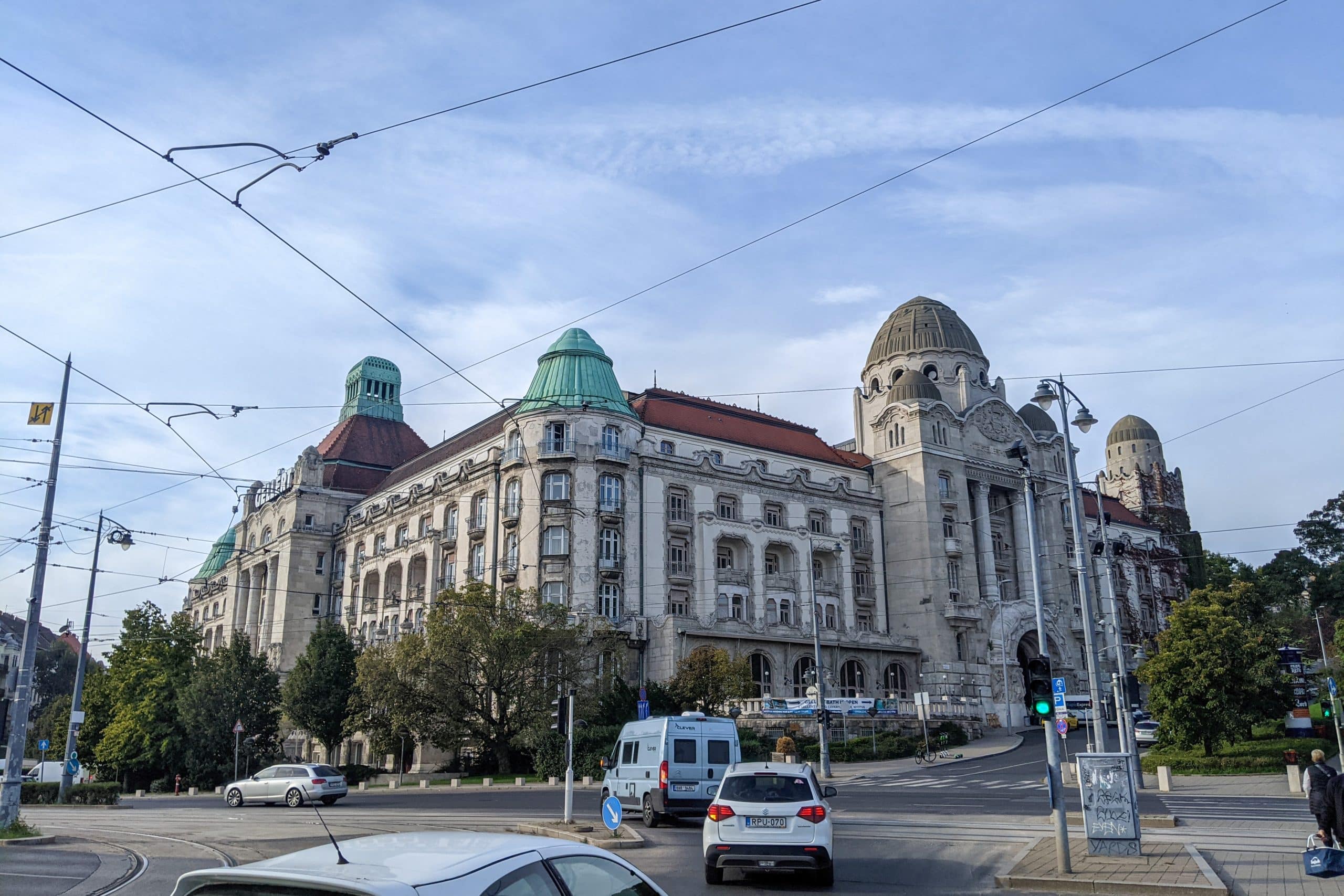
Many of the baths have expanded their properties to include swimming pools and other rooftop and outdoor facilities. If they’re separated from the thermal baths, you can usually choose to have access to either the thermal baths or the pool, or both.
Depending on the type of experience you’re hoping to get out of your visit, you can decide to stick to the thermal baths for a more traditional experience, or to stick to the other facilities if you’re looking for a nice spot to swim with a striking view of the city.
What to Expect when Visiting a Thermal Bath in Budapest
If you’re planning on visiting any of the thermal baths in Budapest, your experience will likely follow a similar trajectory.
Upon entry, you’ll pay the admission fee. This is where you can choose to have access to some or all of the facilities (if they’re separate), but otherwise, you’ll be able to access the entire grounds.

If you didn’t bring flip flops or a towel, you can rent them from the baths. You’ll save a few dollars by bringing these items yourself.
You’ll also be given a wristband, which you use to open and close a locker in the change rooms.
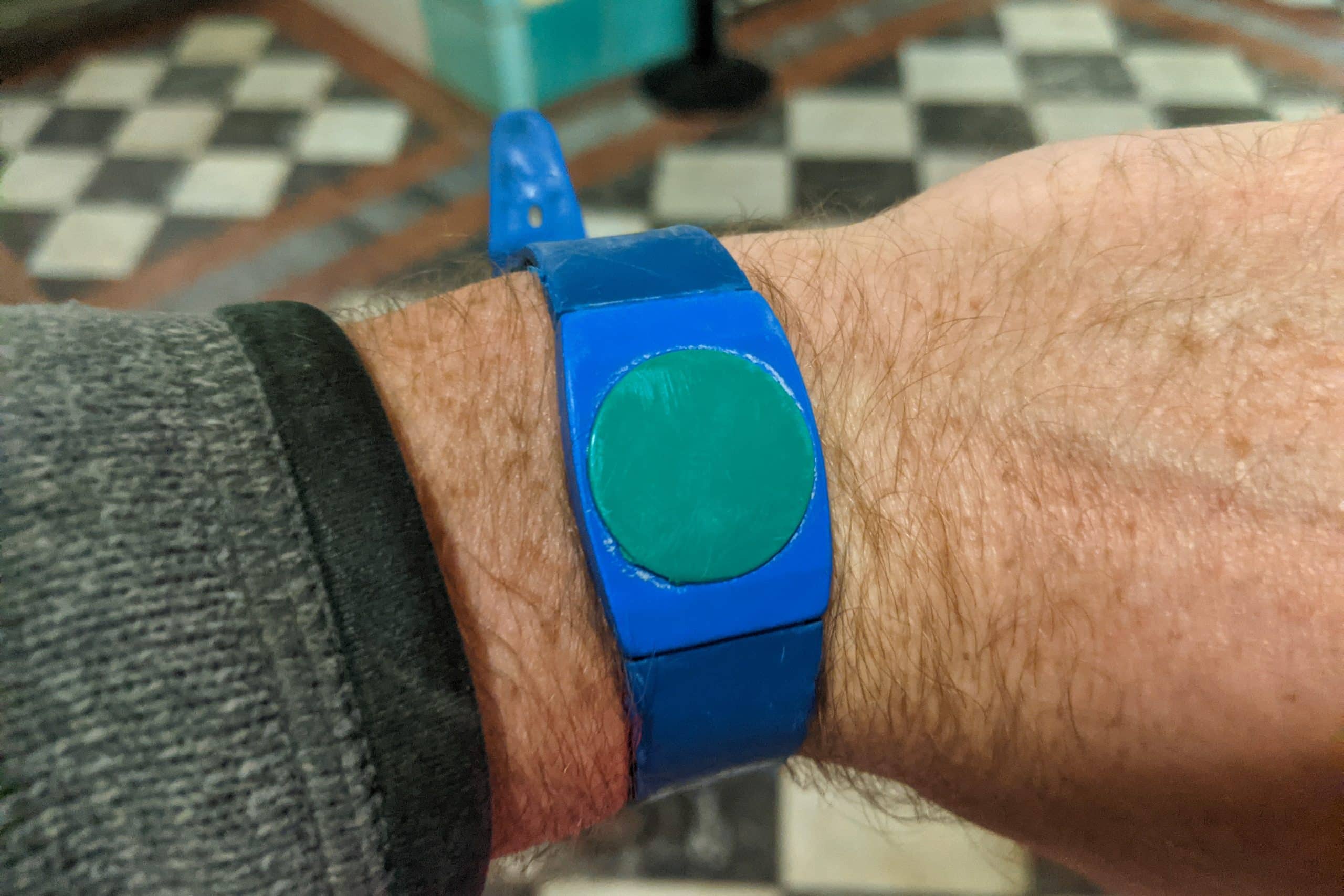
The change rooms typically have two areas: one with lockers, and one with cabinets.
The locker rooms are co-ed, but you’ll find private change areas throughout where you can change into your bathing gear. Simply find an empty locker and use your wristband to secure your belongings when you head into the bath.
The cabinets are a more private and spacious option. Using your wristband, you’ll be able to lock your belongings in a small change room that is reserved specifically for you.
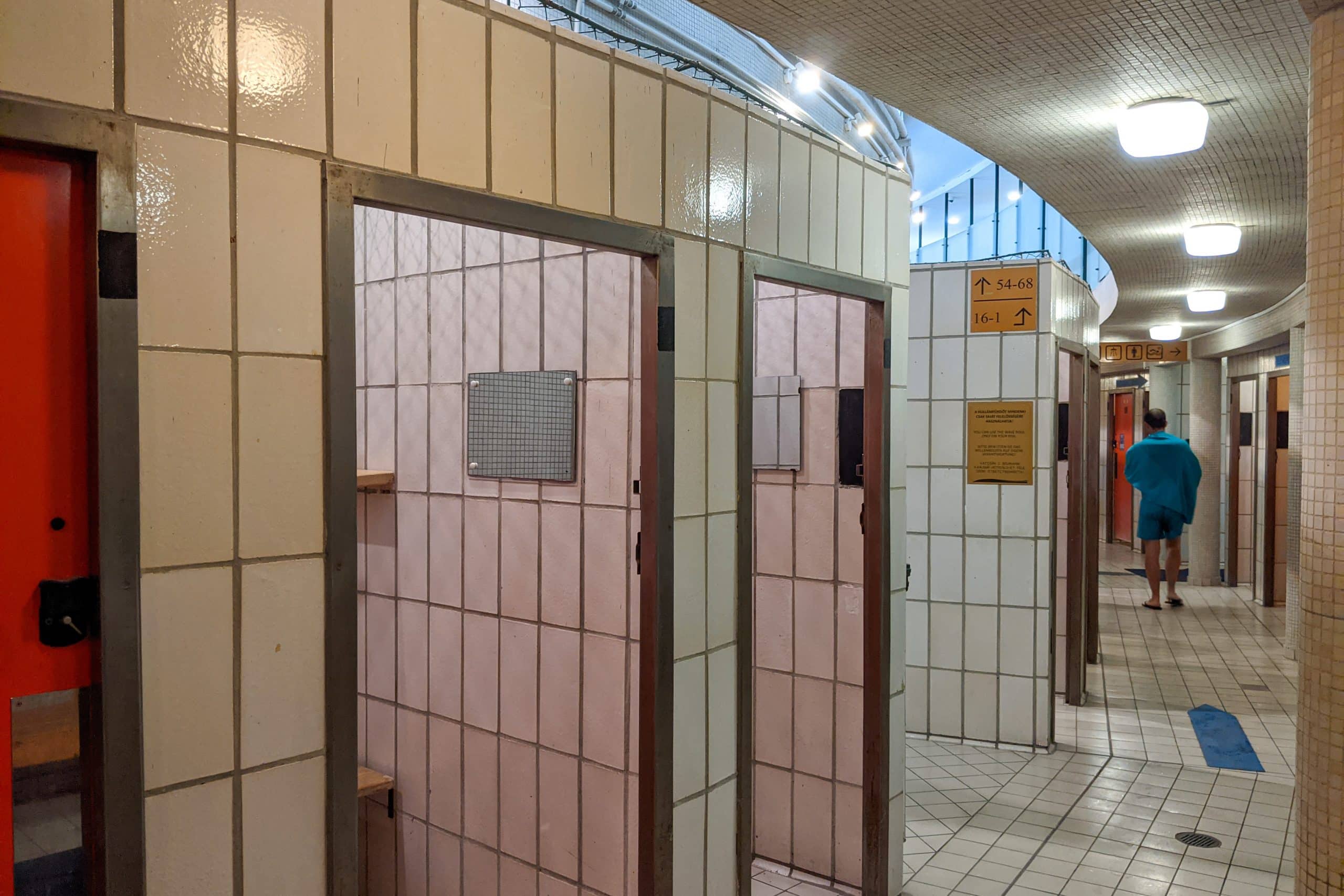
Bathing suits are mandatory in most thermal baths in Budapest. If you plan on swimming in the pools, you’ll also have to wear a swim cap, and the rules are strictly enforced.
To the best of my knowledge, the Rudas baths is the only thermal bath that still has days and times reserved for men and women only. During these times, you don’t need to wear a bathing suit, but you do need to wear what’s best described as a modesty flap or a form of a loincloth, which you can pick up in the change room.
The modesty flap is essentially a string with a rectangular cotton cloth on the front and nothing on the back. It can be a bit cumbersome to tie securely, but once it’s on, you’ll be ready to bathe.
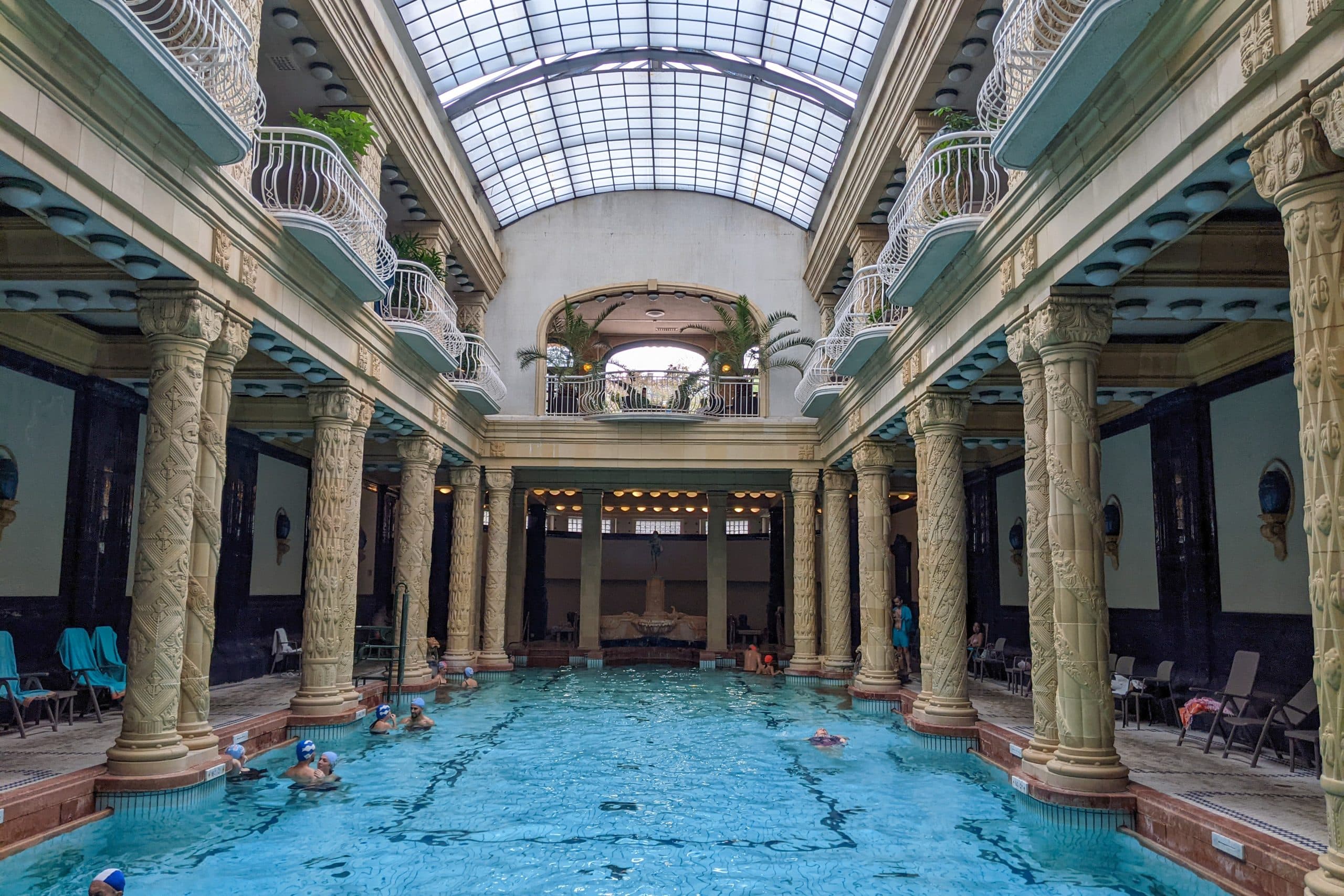
Once you get to the part of the baths with the thermal pools, you’ll typically find four or five different pools with different temperatures. The degree of warmth in each pool varies from lukewarm to piping hot, and a few points in between.
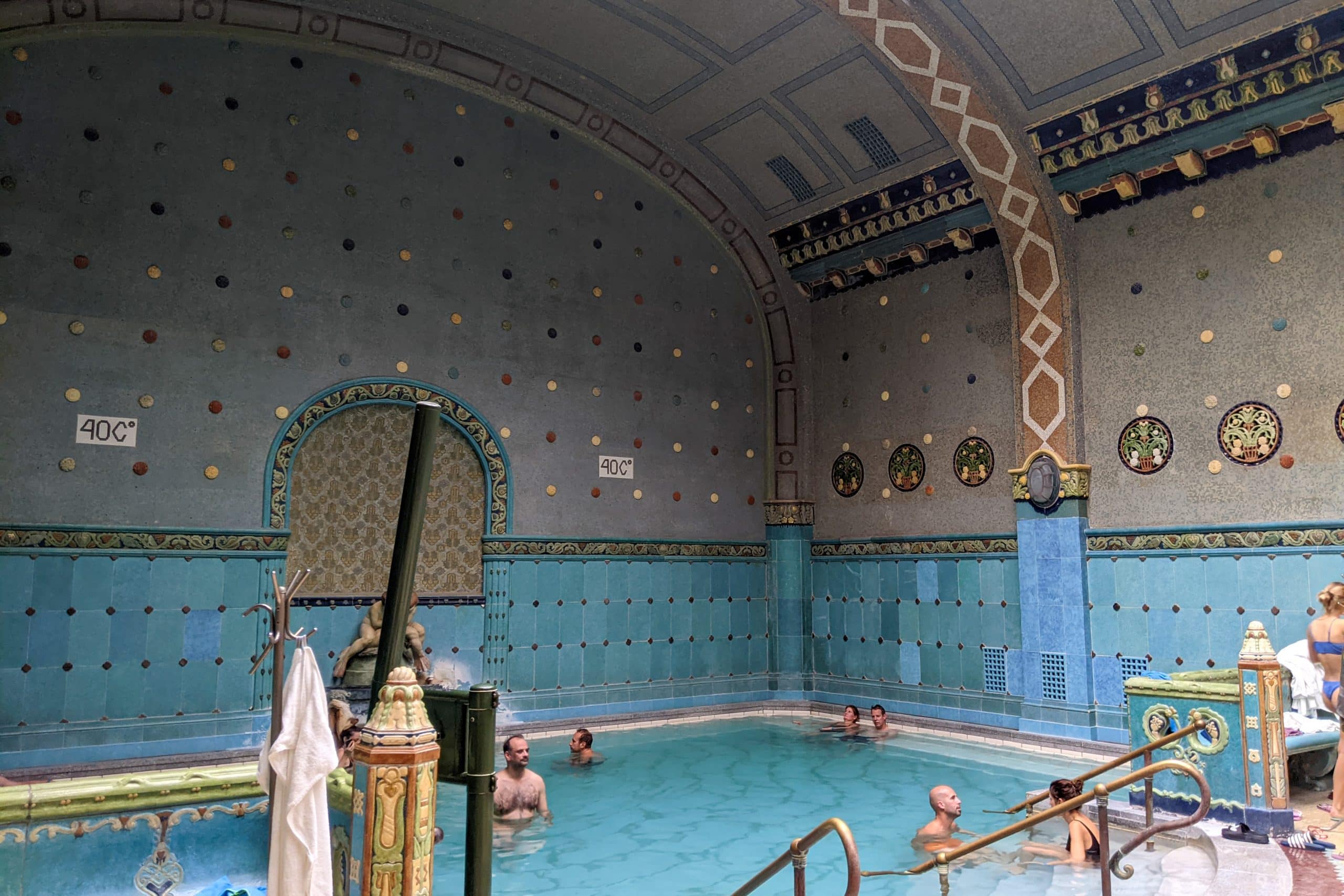
There’s also an ice cold pool to plunge in after you’ve worked up a sweat by sitting in one of the warmer pools. You’ll also find saunas, steam rooms, swimming pools, cafés, lounging areas, and massage facilities.

Over the course of a few hours, you can do a circuit of the different pools, depending on how you’re feeling at the time. Some people work their way up from the colder pools to the hotter ones, while others go back and forth at their leisure.
Personally, I like to do a few rounds of back-and-forth between cooler pools and hotter ones, followed by a cold plunge and some rest on a lounge chair. You’ll definitely want to remain hydrated, and you’ll find water fountains available at all thermal baths.
Once you’ve had your fill of bathing, head back to the locker rooms and get yourself ready to head back into the real world. To exit, you’ll need to deposit your wristband into a receptacle, which will allow you to exit the facilities.
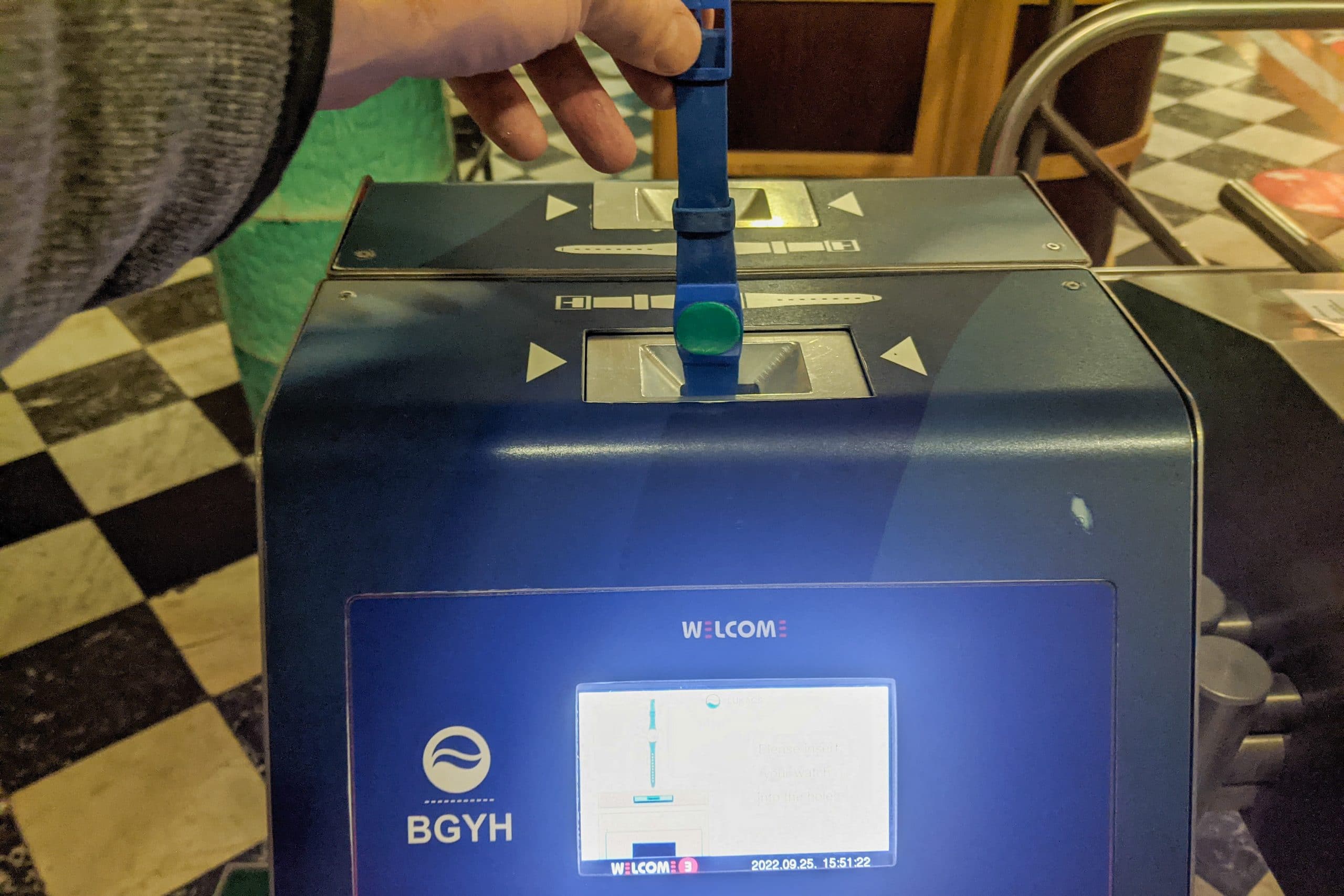
Some people take their bathing very seriously, while others use it as more of a social pursuit. Some baths request that you remain quiet when in the thermal baths, while others are okay with low-volume chatter.
If you find yourself in Budapest, which I would argue you should on a fairly regular basis, be sure to give bathing a try.
Which Thermal Bath Should You Visit in Budapest?
I’ve had the pleasure of bathing in five baths across Budapest so far: Gellért, Rudas, Kiraly, Lukács, and Szechenyi.
Of these, my two favourites are Rudas and Kiraly. They are two of the oldest thermal baths in the city, with iconic ancient Ottoman domes perched atop the thermal baths.
Sitting in these pools is like a trip back in time. The colourful panels in the domes project down into the dark pool area below, with voices quietly echoing amidst the sound of spring water pouring into the pools.
During my visit, Kiraly was undergoing a renovation, but I spent some time there in 2018 when I was on my honeymoon. I hope that it opens up again soon, as I often fondly think back to my experience there.
Head to the Rudas baths if you’re looking for an authentic bathing experience. The website clearly indicates the hours that are blocked off for men and women, and I’d encourage you to plan your visit during these times for a memorable experience.
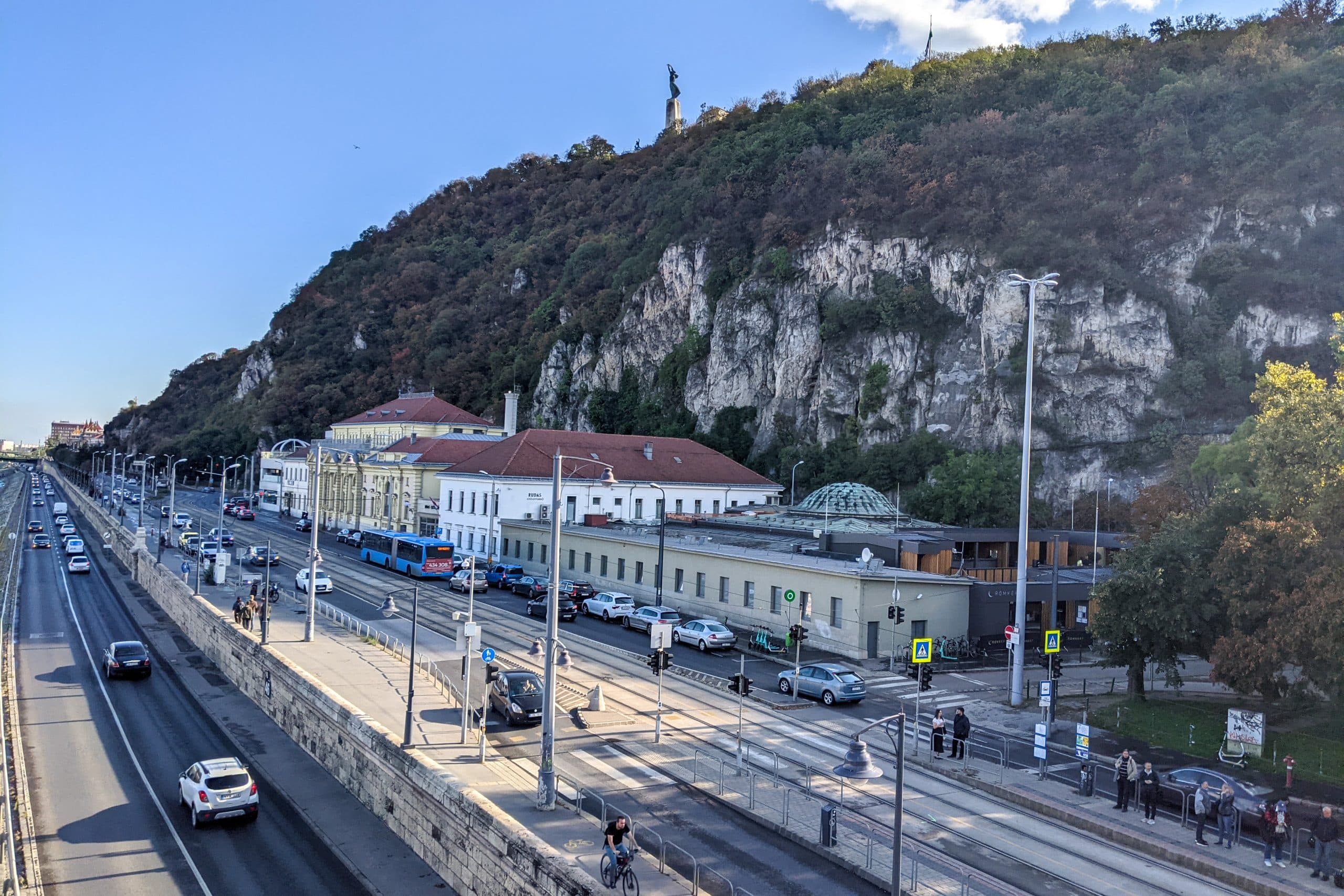
Unsurprisingly, photography is prohibited when most people are nearly nude, so I wasn’t able to capture the atmosphere in pictures. There are four smaller thermal pools centred around a larger central pool, which is a pleasantly warm temperature.
In the main pool, there’s a single fountain that you can stand under. I found that some people stood under it for a long time, likely having water pour on whichever body part was in need of some TLC.
Keep an eye out for a tap that spouts out spring water for drinking. The taste is quite strong, but locals seem to swear by it.
Aside from Kiraly and Rudas, you can still have very unique experiences at the other baths in the city.
At the southern base of Gellért Hill are the Gellért thermal baths, which makes for a great reward after a hike up for views of the city. Housed in a towering building, its cavernous interior is as fun to explore as it is to soak in.
The thermal baths are located on either side of the swimming pool, with steam rooms and saunas situated next to each flank. The Gellért baths are a great stop in the summer, too, where you can do some stargazing and night bathing in the outdoor pool.
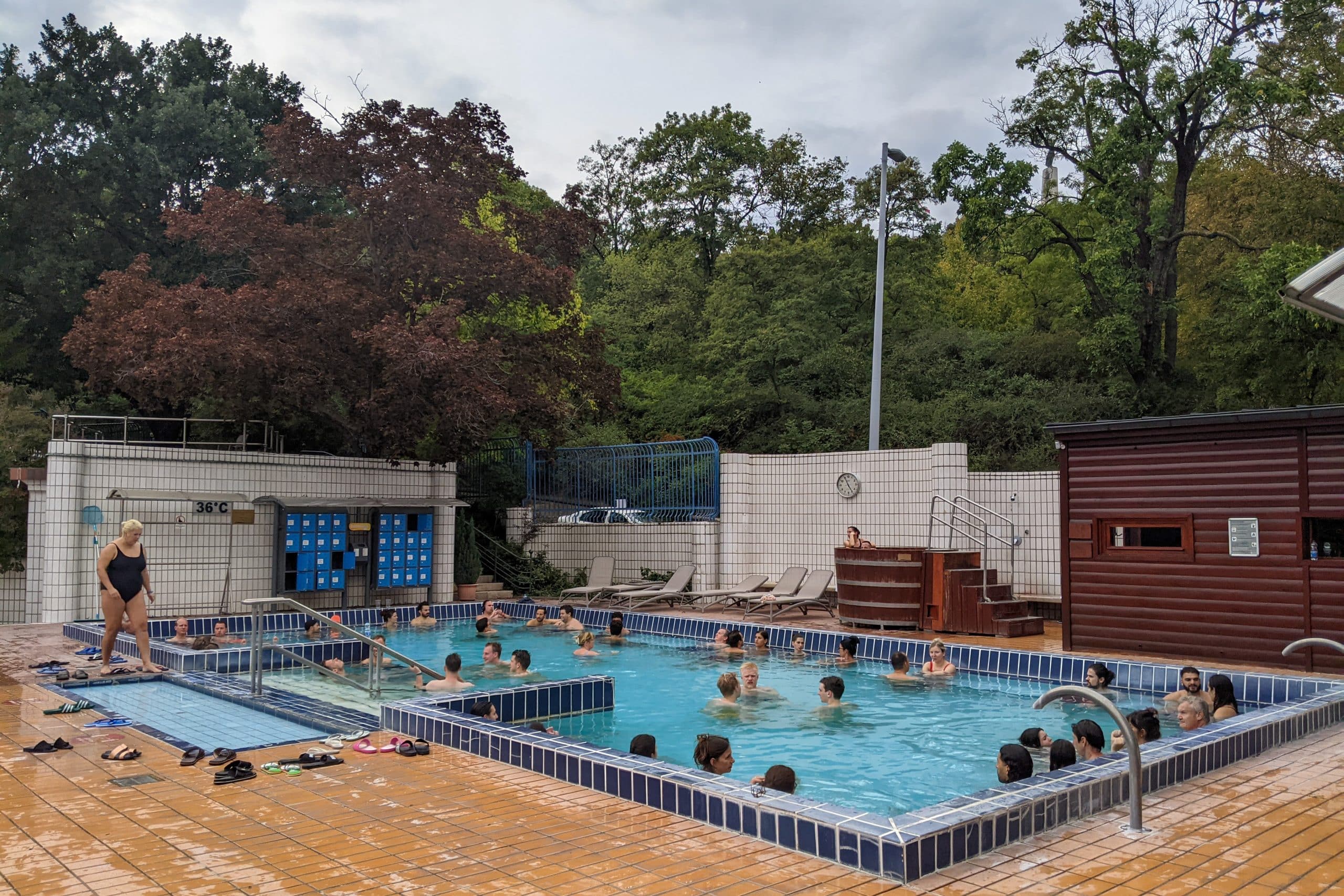
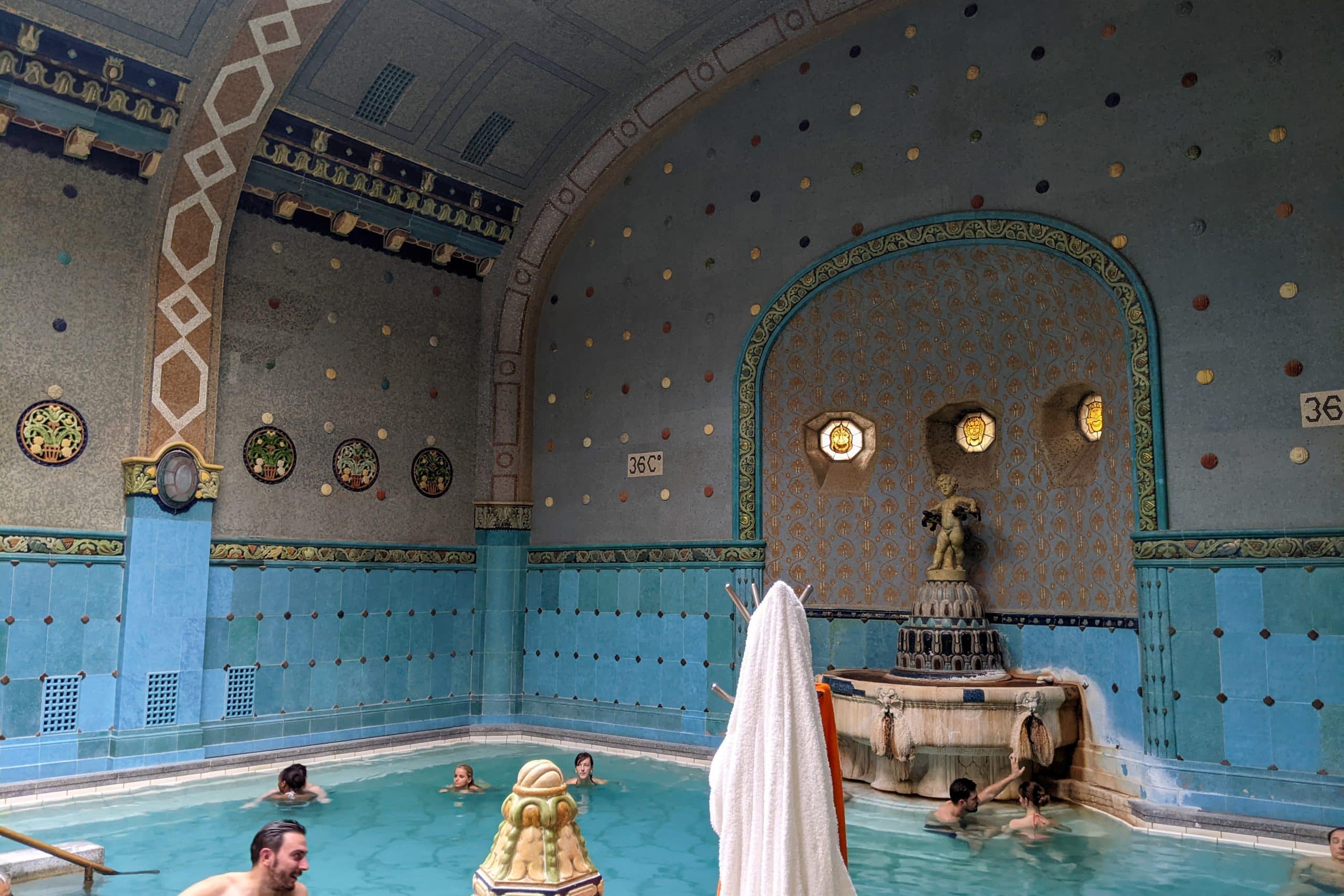
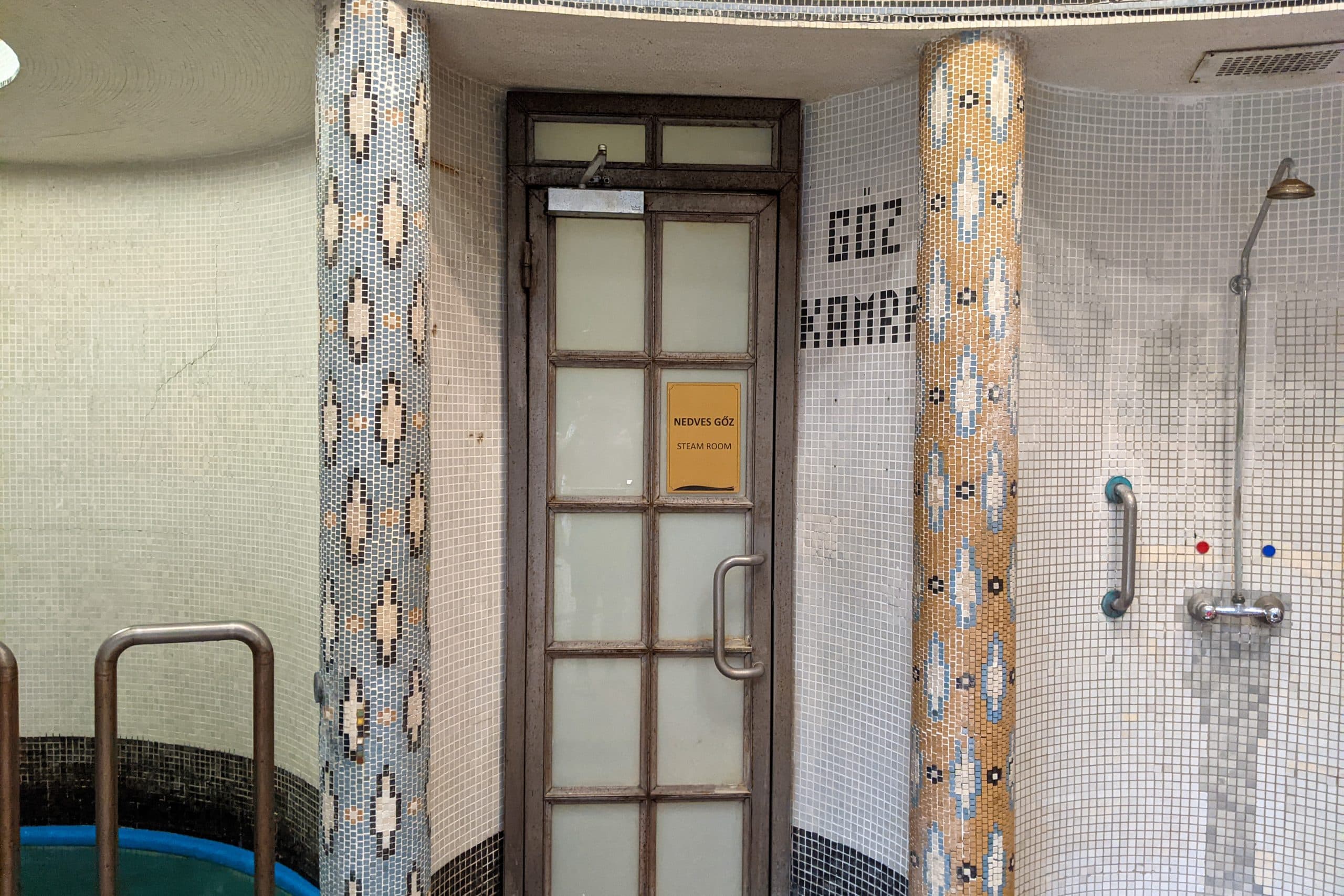
The Lukács thermal baths are located near to Margaret Bridge and Margaret Island. As you head into the baths, be sure to look at the plaques that adorn the exterior wall, which are “thank you” gifts from people all over the world who claim to have had their various ailments cured by visiting the baths.
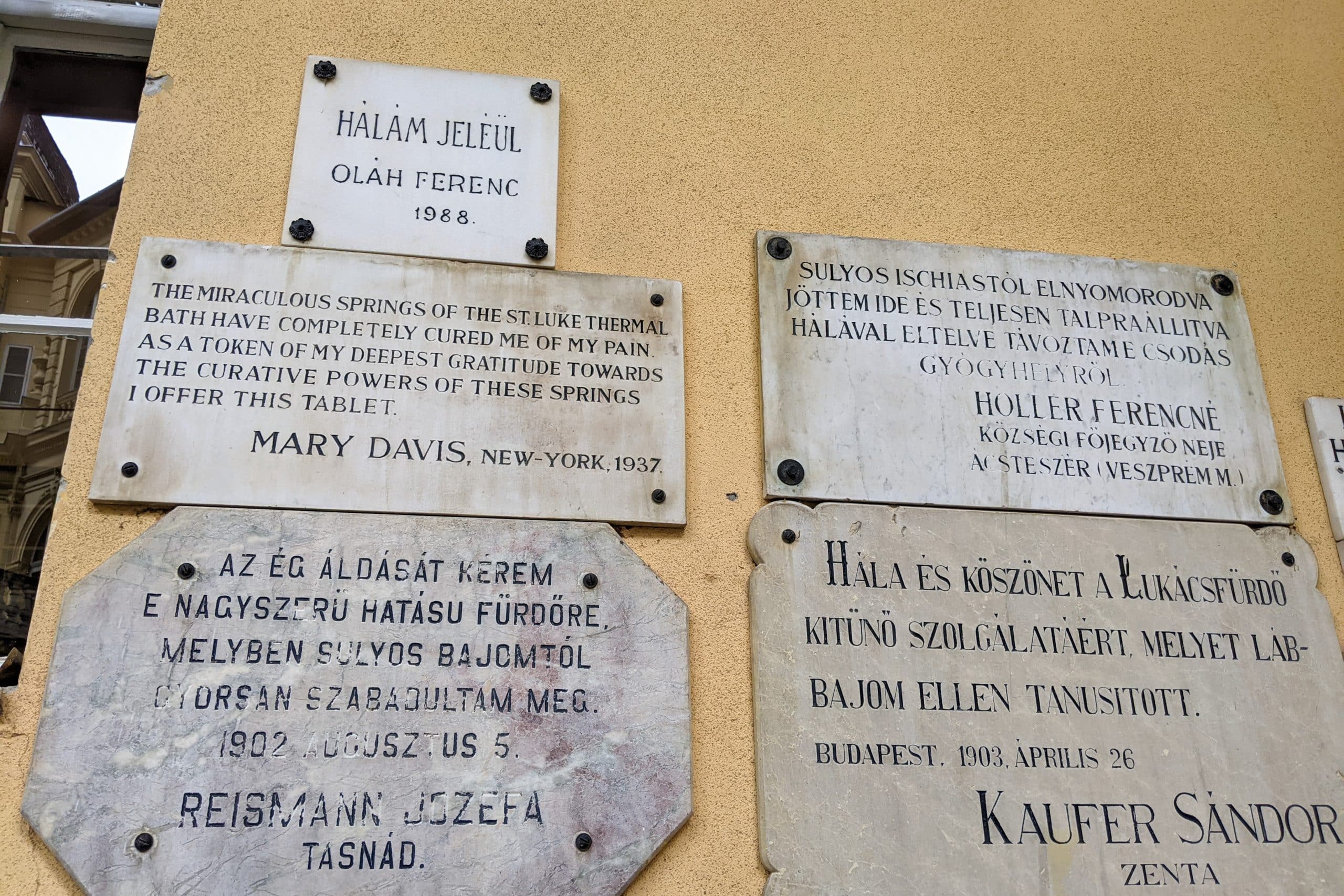
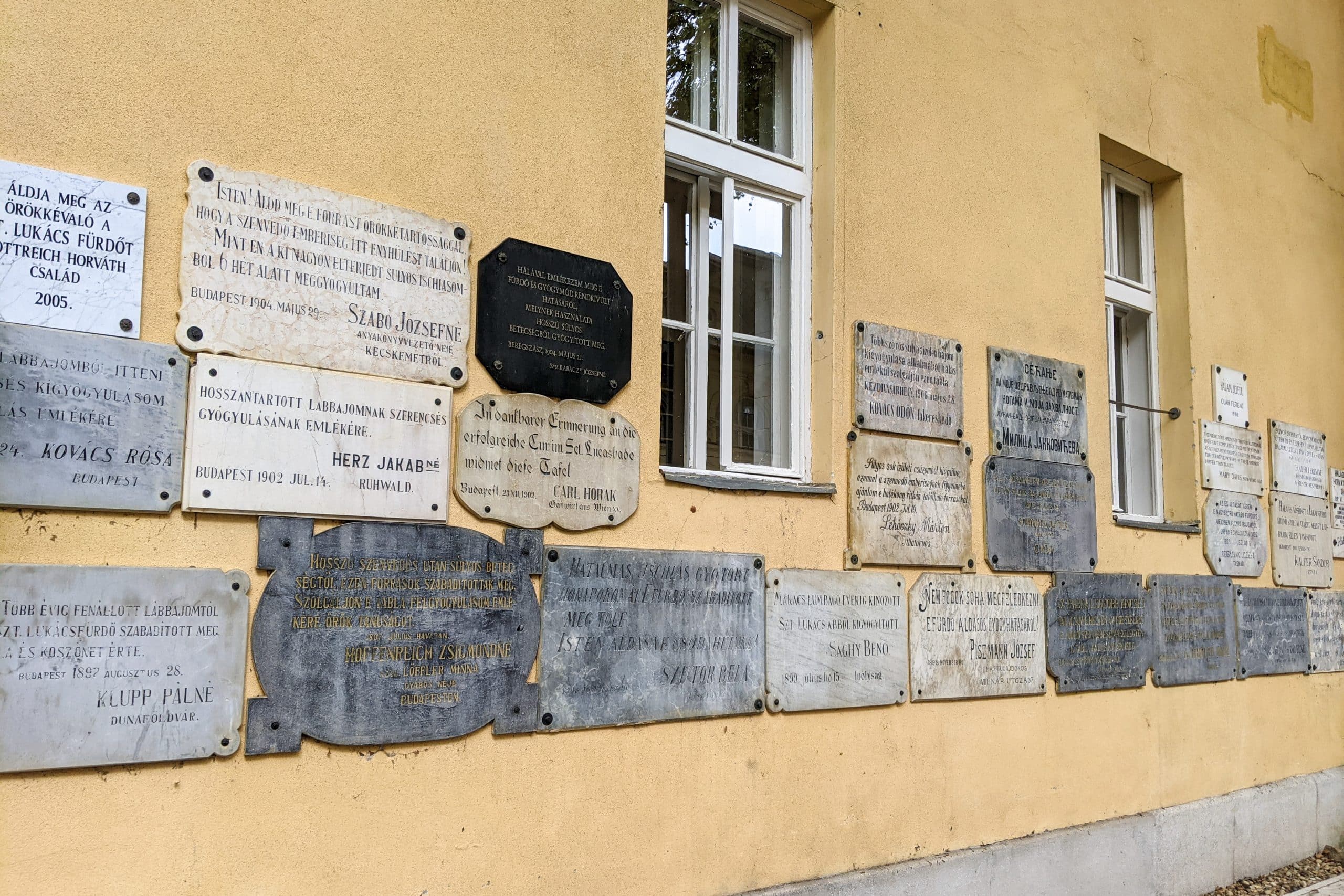
Inside, you’ll have no problem exploring the two interior sections and the two outdoor pools. When you’re soaking in the thermal baths, it’s preferred that everyone keeps quiet to respect the process. Should your voice get a little too loud, you may be politely asked to lower your volume.
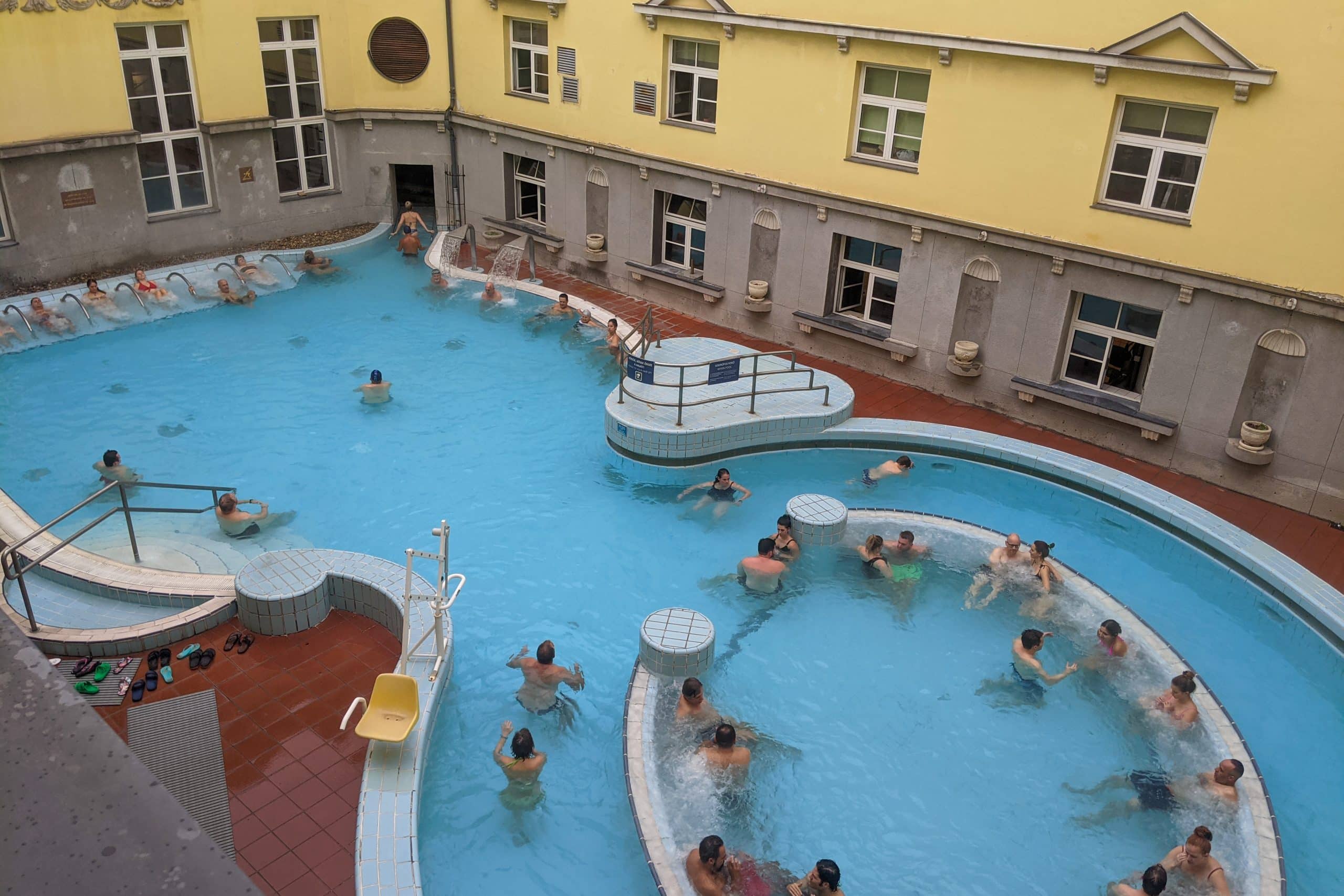
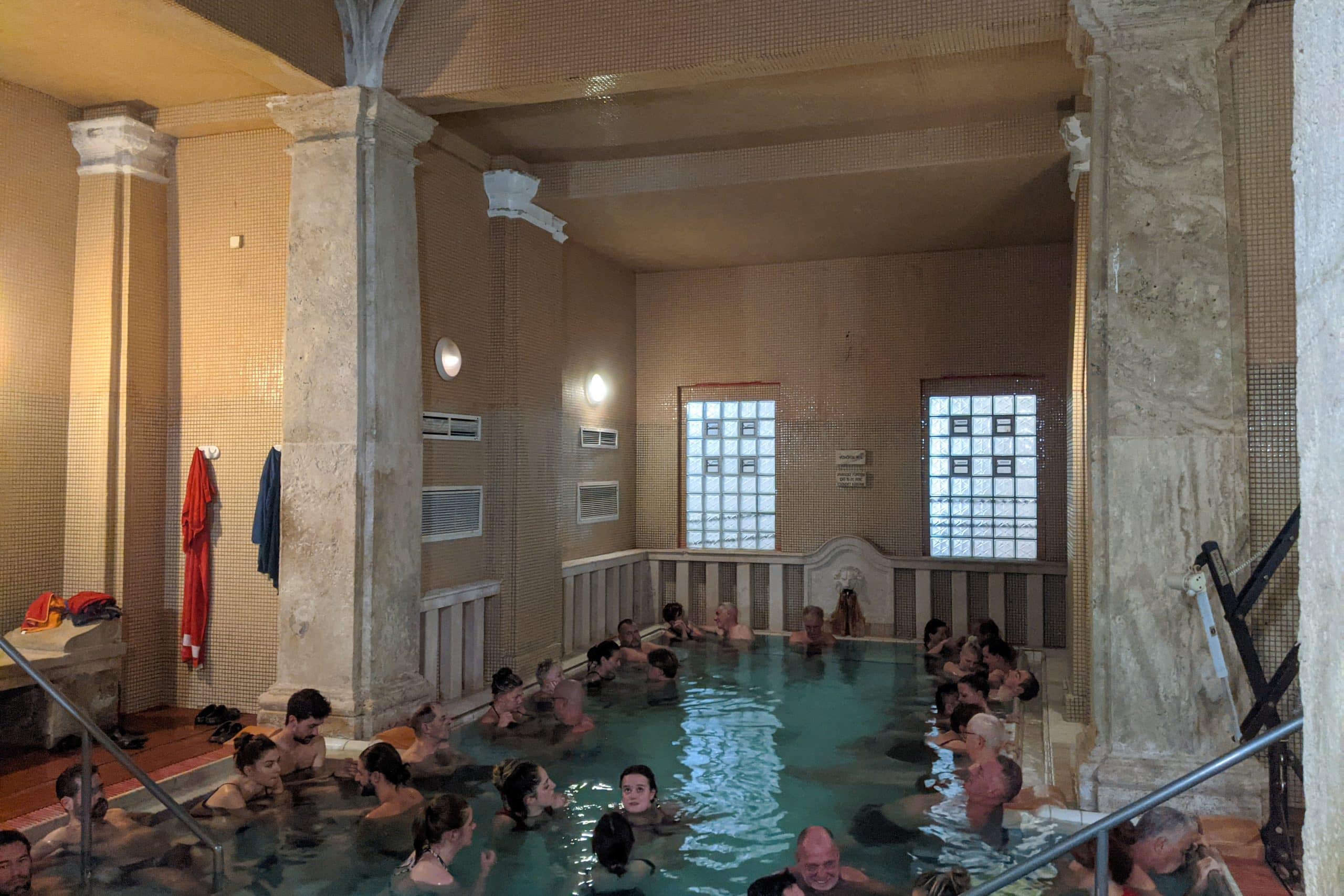
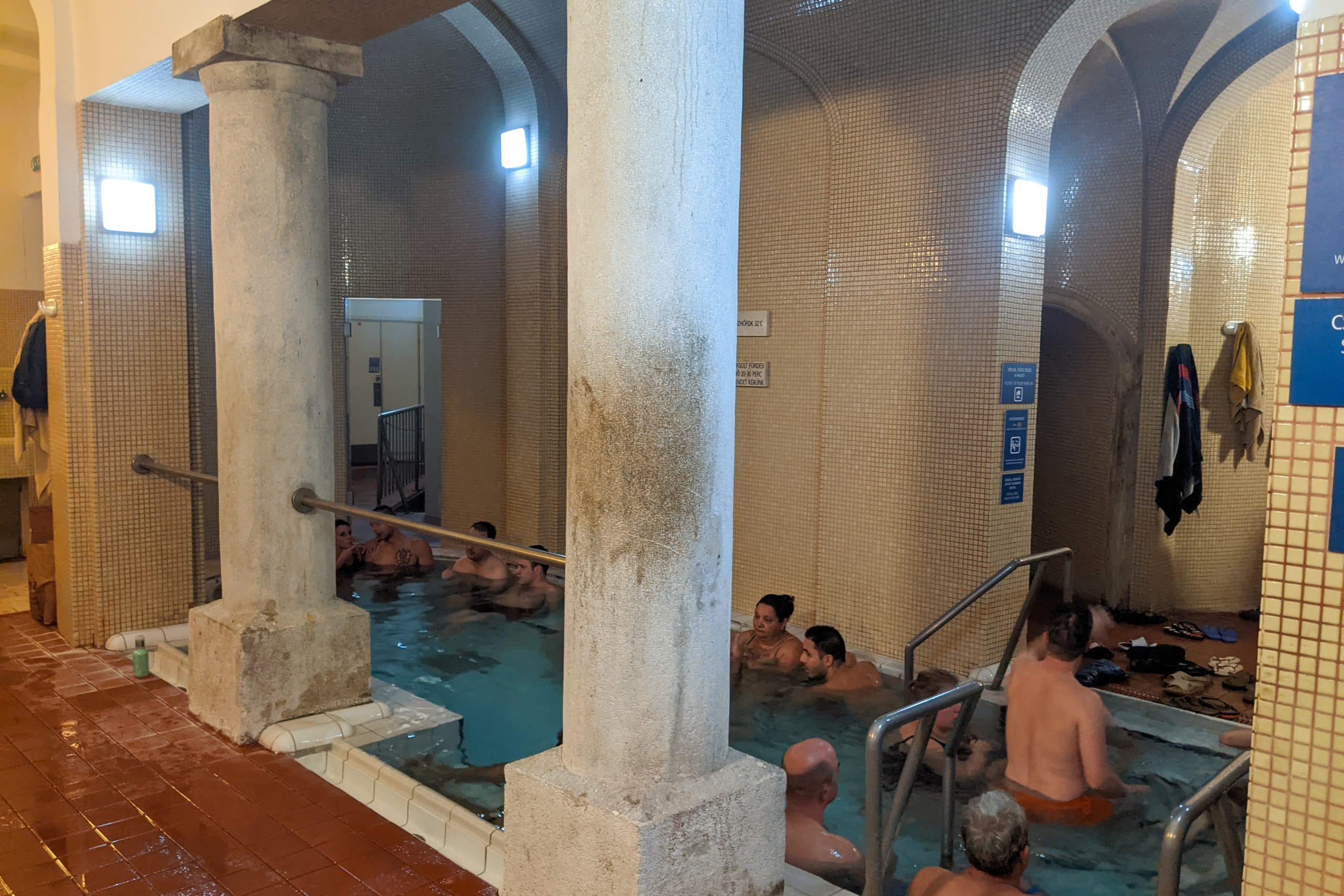
The most visited bath in Budapest, and the largest bathing complex in Europe, is the Szechenyi baths. If you’ve seen a picture of a bath in Budapest, it’s likely this massive complex on the Pest side.
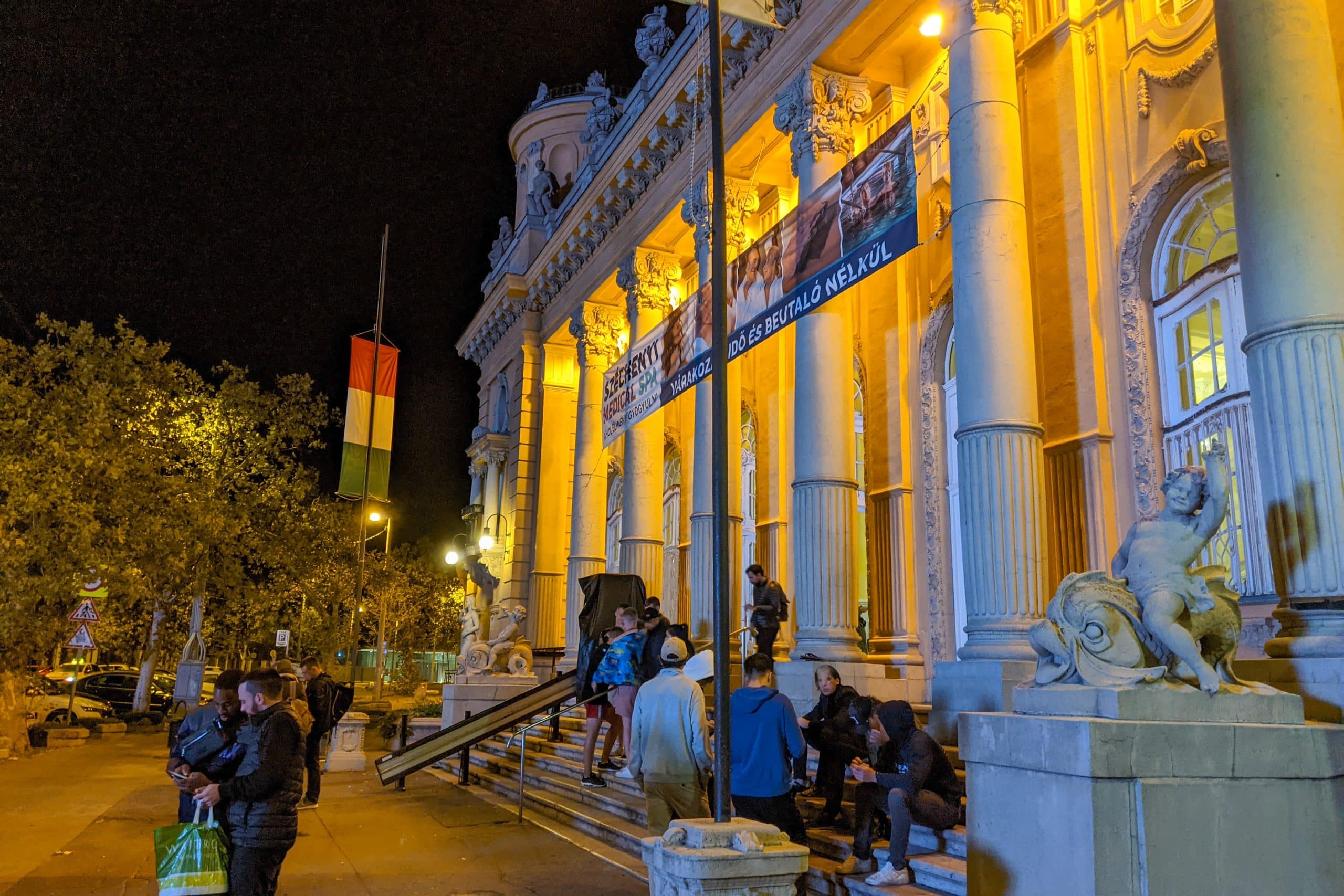
It’s quite epic to bathe here, and you’ll be certain to get some great photographs. It’s also open for night bathing and throughout the winter, which can be very satisfying to combat the cold.
For the young, or at least young at heart, keep an eye out for the “Sparty”, which is a dance party that happens on Saturday nights at the Szechenyi baths. My friend and I decided to give it a shot during our visit to Budapest, and it was very interesting to see crowds of people dancing outdoors with a live DJ and various performers.
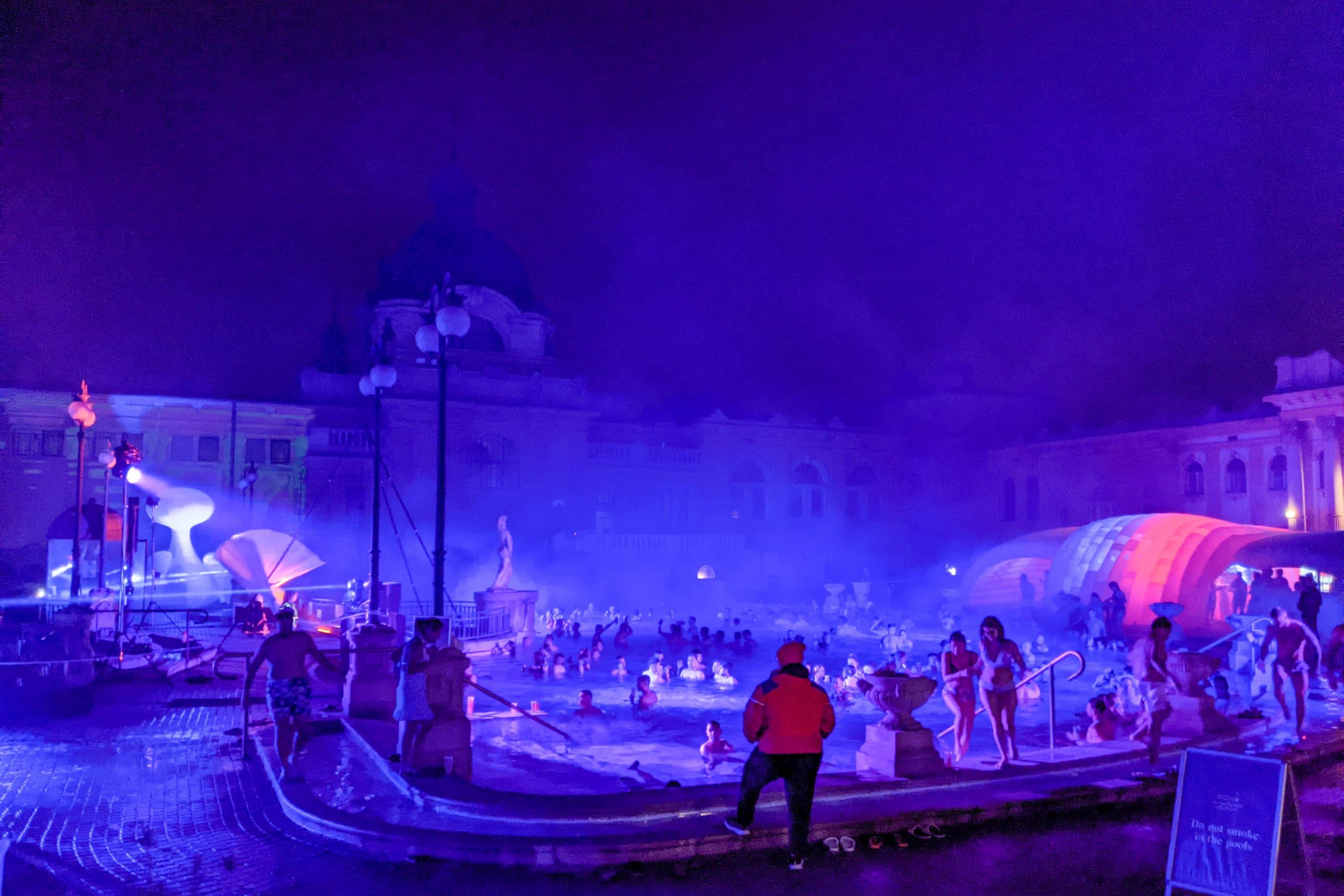
I’d like to return to this thermal bath again to give daytime bathing a try.
Of course, there are seven other baths to visit in Budapest, and many more throughout the country. As I return to Budapest and Hungary in the future, I’ll be sure to offer some suggestions about how they compare to the ones that I’ve already been to.
Conclusion
Budapest is the bathing capital of Europe. With a dozen thermal baths in the city, and many more throughout the country, it makes for a very pleasant way to pass time at all times throughout the year.
Some people claim that the thermal waters can cure all ailments, while others just enjoy a good soak. Whatever your purpose may be, I highly recommend checking out a thermal bath on your next trip to Budapest.
Bathing can be a great way to help get over jet lag, relax after a long journey, or to take some quiet time to yourself. Whenever I visit Budapest, it’s usually my first stop after checking in and my last stop before leaving the city.




















smelling ass soup up in there